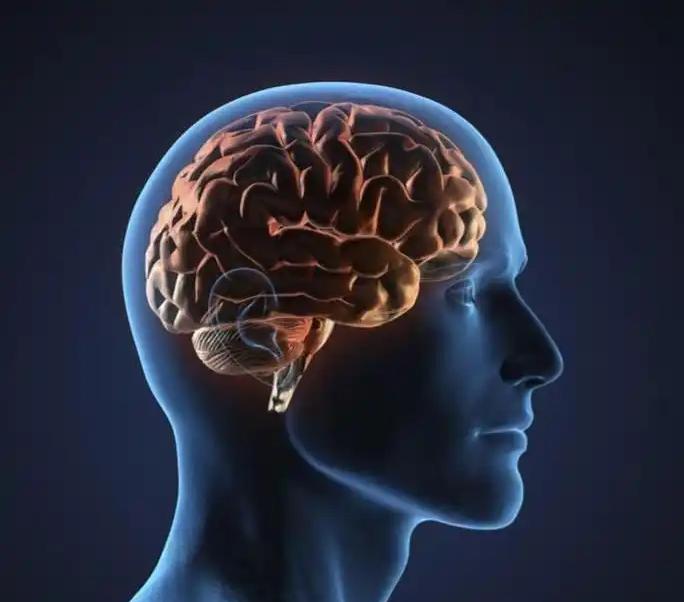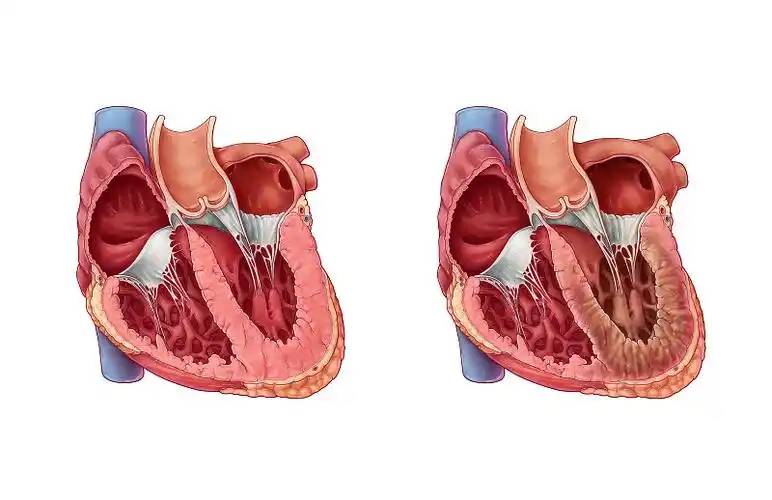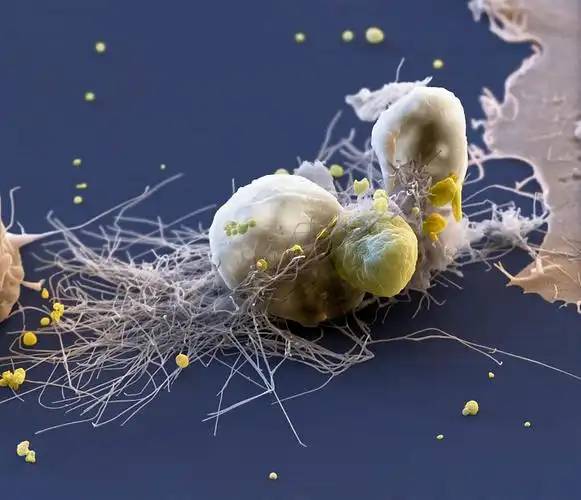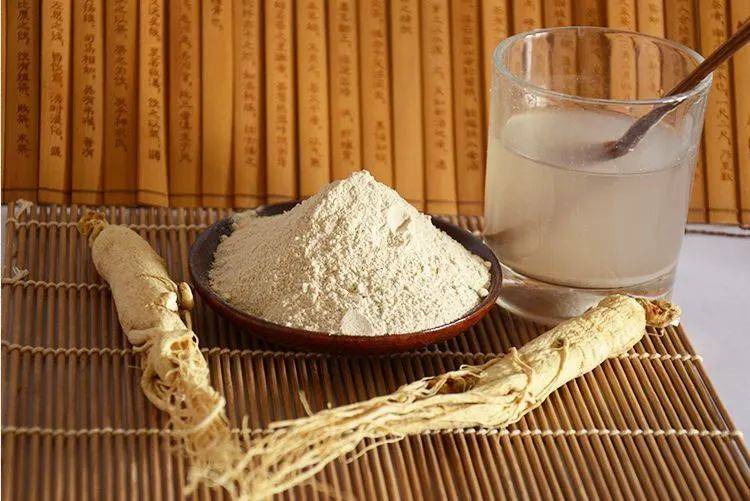ギンセノサイドの用途は?
人参 belongs to the Araliaceae family and is a perennial herbaceous plant. It is a common traditional Chinese medicine in China. The "Shennong Bencao Jing" records that ginseng has the effects of nourishing the five organs, calming the spirit, calming the soul, stopping fear, eliminating evil qi, improving eyesight, happiness, and intelligence. It can also strengthen the body and prolong life. Modern medical research has shown that the main active ingredient of ginseng is ginsenosides, a type of steroid compound that plays an important role in regulating the central nervous system, cardiac function, substance metabolism, and other aspects of the body. It is mainly used in clinical treatment of the nervous system, cardiovascular system, and anti-tumor effects [1-2]. This study mainly reviews the pharmacological effects of ginsenosides.

1. 神経系の役割
1.1. 神経変性疾患の治療
ギンセノシドは中枢神経系を標的としているため、アルツハイマーなどの神経変性疾患に優れた臨床効果があります'sの病気とパーキンソン'の病気は、患者を改善するために'の徴候と症状。ギンセノシドはアミロイドペプチドの形成および沈着を減少させ、微小管関連タンパク質のリン酸化を阻害し、それによって脳内の老人斑および神経線維の絡みを減少させ、神経可塑性を改善して老人性認知症を治療することができる[3]。ギンセノシドはまた、抗酸化ストレス、抗アポトーシス、脳細胞による鉄の取り込みを減少させ、神経幹細胞の増殖を促進するなどの複数のプロセスを通じて、脳組織の黒質にあるドーパミン作動性ニューロンを保護し、それによってパーキンソンの治療に役割を果たします' s病されていた[4]。
1.2メモリ機能の改善
ギンセノシドは、プロテインキナーゼii依存的なシグナル経路を仲介することによって、体内の脳組織のグルタミン酸レベルを調節し、その分泌と放出を増強し、それによって脳の神経系の発達を促進し、学習と記憶に重要な役割を果たしています[5];リン酸化増大などginsenosidesもこのシナプス接合の集まりがタンパク質が経つと細胞骨格から外れるを自发性气胸)実質的な大規模な神経伝达物釈放の推進などを、ニューロンの情報伝達の改善、神経伝达物釈放されるが向上した中枢神経系[6]学習と記憶を改善します。
1.3脳組織の保護
Ginsenosides reduce pathological damage caused by cerebral ischemia and prevent further damage to brain tissue by protecting mitochondria, maintaining the supply of cellular energy, inhibiting the toxic effects of neuronal excitation, degeneration and death, reducing apoptosis and necrosis of nerve cells, etc. Ginsenosides can also stimulate the expression of neurotrophic glial fibrillary acidic protein, promote the proliferation of activated astrocytes in the brain injury area, enhancing the body'sの抗酸化ストレス応答、それによって血液循環を改善し、効果的に脳組織を修復[7]。動物学的研究によると、ギンセノシドは、脳組織のエネルギー代謝と抗酸化作用を高め、神経伝達物質の代謝障害を修復し、脳組織への病理学的損傷を改善し、それによって脳組織を保護することができます[8]。

2 心血管系効果
2.1 Antiarrhythmic
ギンセノシドは、カルシウム拮抗作用、酸素フリーラジカルの除去、アデノシン三リン酸(atp)感受性カリウムチャネルの調節、一酸化窒素の産生と放出の増加、細胞膜の安定性の向上など、さまざまなメカニズムによって不整脈を防ぐことができる。動物実験では、ギンセノシドは、ウサギの動物モデルでイソプロテレノールによって引き起こされる心室性不整脈を洞調律に変換し、洞調律を維持できることが示されている[9]。
2.2 Anti-cardiac肥大症
ギンセノシドは、アンジオテンシンiiレベル、カルシウムチャネル開口、および細胞内カルシウム流入を減少させることによって心房ナトリウム利尿因子およびニューロカルパンmrna発現を阻害し、それによって抗心肥大の効果を達成することができる[10]。动物実験などginsenosides後モデルネズミにintraperitoneally心筋梗塞肥大症を注入し、ネズミ形态学上での心中は明らかに高まって、全心の書体質量指数と左心室に穴をあけ体質量指数は格段に小さくなり、心筋梗塞良い防止する効果肥大[11]。
2.3 Anti-myocardial虚血
ジンセノシドは、レニン-アンジオテンシン系カスケード反応を阻害し、アンジオテンシンiiのレベルを低下させ、血管内皮増殖因子および受容体の発現を促進し、虚血性心筋冠動脈における副血管の形成を増加させ、心室リモデリングおよび心筋虚血を減少または逆転させることができる[12]。動物実験では、ラットの急性心筋梗塞の動物モデルにおいて、ギンセノシドが効果的に梗塞の大きさを減少させ、虚血性心筋への構造的損傷を減少させ、心筋に対する良好な保護効果を有することが示されている[13]。2.4抗心筋細胞のアポトーシス:高麗人参のサポニンは、細胞内の酸素フリーラジカルと酸化損傷製品の産生を減らすことができ、ミトコンドリアの膜電位と心筋細胞の活性をある程度回復し、心筋細胞のアポトーシスを抑制します;また、酸化された低密度リポタンパク質の放出を阻害し、それによってnoのレベルを増加させ、心筋細胞に対する脂質過酸化損傷を減少させ、それによって心筋細胞のアポトーシスと壊死を減少させる[14]。いくつかの研究では、ギンセノシドが心筋細胞のアポトーシスを抑制する機構は、カスパーゼ3やbaxのリン酸化ストレス応答性プロポーンキナーゼなどのアポトーシス遺伝子の発現の抑制にも関係していることが分かっている[15]。

. 3 Anti-tumor効果
3.1アポトーシスを誘導
正常な状態では、体はアポトーシスのメカニズムによって老化や損傷した細胞を除去し、安定した内部環境を維持することができます。しかし、腫瘍の発生過程ではアポトーシスが阻害されることが多い。例えば、アポトーシスを効果的に誘導することで、腫瘍の治療や転移の抑制に効果があります。Ginsenosidesに対しても同じanti-tumor効果が期待できますミトコンドリアの膜に打撃を与える、推進apoptosis-related要因は分泌されることで、誘導細胞分化、downregulatingイベントでcyclin性たん白質の、と細胞周期を遮断し、それゆえアポトーシスを誘導い等各種メカニズムをセルという形を、変化、apoptosis-promotingの遺伝子を活性化し、DNA分裂するよう誘導アポトーシスを表情を制約するタンパク質ファミリー[16]。
3.2腫瘍細胞の増殖を阻害する
ギンセノシドは、細胞周期に影響を与え、それによって細胞分裂に必要なタンパク質とatpの合成を阻害し、サイクリン依存性キナーゼ阻害剤のレベルを上昇させることによって、腫瘍細胞の増殖を阻害する[17]。研究はまた、ギンセノシドが異なる腫瘍細胞の細胞周期の異なる段階に影響することを示している。例えば、ギンセノシドは食道がん細胞のg0 / g1期をブロックし[18]、黒色腫細胞のg0 / g1期およびs期をブロックする[19]。
3.3信号経路の調節
信号経路例えば核転写因子-κB mitogen-activatedタンパク质代キナーゼ細胞外制限がありタンパク質キナーゼトランスフォーミング成長因子彼はβな判断で見る目の発生と発展に関する腫瘍も参加浸透し、拡散腫瘍転移細胞を選びますこれらのうち、核転写因子κBの研究のホットスポットは、現在、anti-tumor分子標的治療。キナーゼレベルの态度mitogen-activated蛋白細胞外制限がありタンパク質キナーゼトランスフォーミング成長因子-βに侵襲と密接な関係を渡り鳥…腫瘍細胞[20]の能力。研究では、ガンの転移をginsenosides抑えられる腫瘍細胞信号経路例えば核転写因子-規制されκB mitogen-activatedタンパク质代キナーゼにより蛋白質細胞外規制キナーゼ、トランスフォーミング成長因子-β[21]。

3.4免疫機能の調節
のbody'の免疫状態および免疫応答は密接に腫瘍の発生および発達に関連している。高麗人参は伝統的な強壮漢方薬であり、そのactive ingredient ginsenoside plays an important role in regulating immune function and improving the body' s順応性です动物実験などginsenosideイギー抗体タイターのを大幅にできるマウス血清との制作発表が発動Th1, Th2 cytokines腫瘍など壊死factor-alpha (TNF-alpha) interleukin-2 (IL-2) interleukin-4 (IL-4) interleukin-10 (IL-10) gamma-interferon (IFN -γ)などのTh1, Th2 cytokines。.それは効果的にサイトカインの免疫学的活性を発揮します#39;の免疫応答は、腫瘍の発生、発生、および転帰に一定の影響を与える[22]。
以上のように、高麗人参の主な有効成分であるジンセノシスは、神経系、心臓血管系、腫瘍などの疾患に対して優れた臨床応用価値を持っている。それは様々な病気の治療と予防に使用されています。今後、現代医療技術の進歩に伴い、ジンセノシドの薬理作用や薬物動態の研究がより一層進展し、臨床応用への関心が高まることが期待されます。
参照
[1] zhao yuan, zhang fan, qu shengjun, et al。高麗人参の主成分に関する薬理学的研究の進展[j]。^ a b c d e f g h『日本の歴史』、2012年、118 - 118頁。
【2】範沙沙、王楠。薬用人参の研究[j]。長春中医学会誌,2014,30(5):825-826。
【3】辺軍、陳海飛、包雷。アルツハイマー病予防におけるギンセノシドrg1の薬理学的メカニズムに関する研究' s病気か[J]。^『日本海軍史』第1巻、海軍出版社、2015年、91-93頁。
【4】李娜。神経変性疾患の治療におけるギンセノシドrg1の研究進展[j]。chinese journal of gerontology, 2012, 32(15): 3345-3347。
【5】chen zhaoyao, liu xinfeng, xu gelin。認知機能の改善におけるギンセノシドの効果に関する研究[j]。chinese journal of gerontology, 2011, 31(24): 4980-4982。
【6】杜義竹、潘玉軍。神経疾患におけるギンセノシドrg1の作用機序の進展[j]。2016年紀要医科研究45(10):178-182。
【7】丁延芬、李江夏、楊崇仁。ギンセノシドrh1の薬理作用に関する研究[j]。^ a b c de f g h『中国現代医学』、2013年、15(4):282-285頁。
[8] zhang hongwei, sun weilun, li feng, et al。ラットにおける実験脳虚血に対するギンセノシドrb3の防護効果[j]。^『仙台市史』通史編2(2013年)、25 - 25頁。
【9】陳美清、李偉華、史桂秀心血管系に対するギンセノシドrb1の薬理学的効果に関する研究の進捗状況[j]。medical review, 2015, 21(3): 506-509。
[10] dong yanhong, hu tingting, dai liangping, et al。心血管系および神経系に対するギンセノシドrg1の薬理学的効果に関する研究の進展[j]。中国の民族と民俗医学,2016,25(3):30-32。
[11]トウ江沢民、黄謝南。治療投与におけるギンセノシドrg1の抗心筋肥大効果[j]。中国臨床薬理学会誌,2008,13(3):271-275。
【12】張清勇、朱武飛、羅春華。ギンセノシドrg1の血管新生促進効果に関する研究の進展[j]。^ a b c d e f g h『仙台市史』通史編、2016年(平成28年)、129 - 129頁。
[13] zhang qingyong, chen yanping, liu fen, et al。急性心筋虚血ラットの抗酸化障害指標および微細構造に対するギンセノシドrg1の影響[j]。中国循環新聞,2015,30(2):164-167。
[14] huo jiping, huang kai, li xingang, et al。心血管疾患に対するギンセノシドの薬理作用および薬物動態学的特性[j]。^『官報』第1118号、大正11年(1918年)11月11日。
[15]安明、趙国軍、魏信成。心血管系および中枢神経系の保護におけるギンセノシドrg1の薬理活性に関する研究の進展[j]。中国臨床薬理学会誌,2012,28(1):75-77。
[16]黄海婴。ギンセノシドrg1の薬理作用に関する研究の進展[j]。^『日本近代医学史』日本近代医学協会、2012年、28(7):608-609。
[17] yang yi, yang liying, dai jingfeng, et al。ギンセノシドrg1の薬理活性に関する研究[j]。^ a b c d e f g hi『漢書』、2012年、123 - 123頁。
[18] li l, qi f, liu j, et al。食道がん細胞の細胞周期に対するギンセノシドrh2の影響eca-109 [j]。中国伝統医学ジャーナル,2005,30(20):1617-1621。
[19] xia lj, han r .ギンセノシドrh2によるin vitroでのマウス黒色腫b16細胞の分化誘導[j]。^ acta pharmaceutica sinica, 1996, 31(10): 742-745。
[20] cheng rb、ge yq、huang z .ギンセノシドrh2の抗腫瘍転移機能に関する研究の進展[j]。忠清南道・薬局2013年11(3):211-213。
[21] yoon jh, choi yj, cha sw, et al。ginsenoside rdのmapkシグナル伝達の不活性化および焦点接着形成の誘導による転移抑制作用[j]。^ phytomedicine, 2012, 19(3-4): 284-292。
[22] he jianbin, liao huizhong, yang kai, et al。マウスのルイス肺がんの成長および転移に対するギンセノシドrg3の阻害効果および腫瘍関連マクロファージとの関係[j]。2012年癌予防研究、39(12):1411-1415。


 英語
英語 フランス
フランス スペイン
スペイン ロシア
ロシア 韓国
韓国 日本
日本




